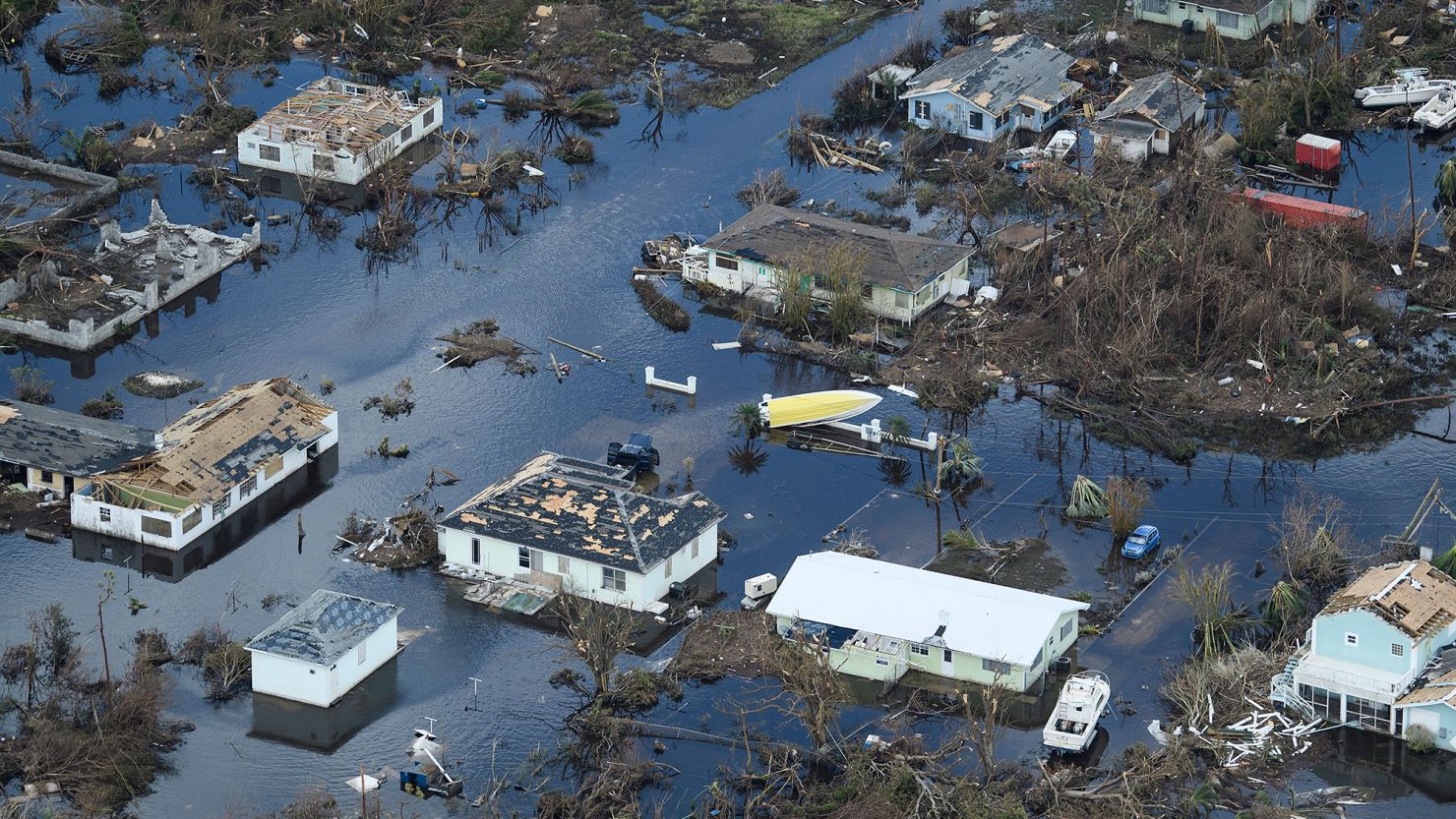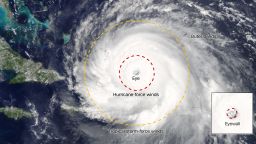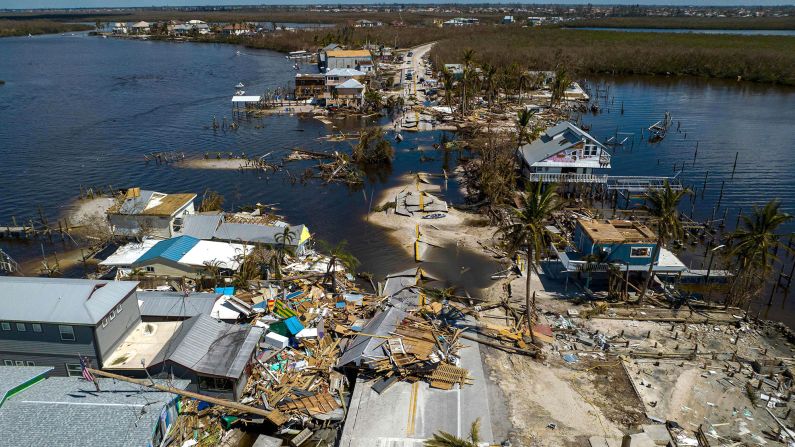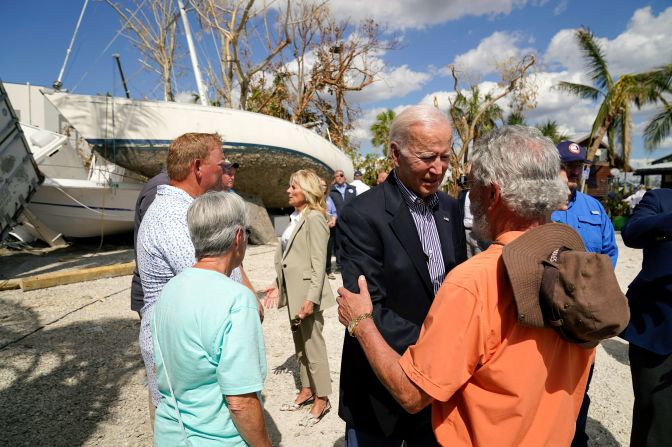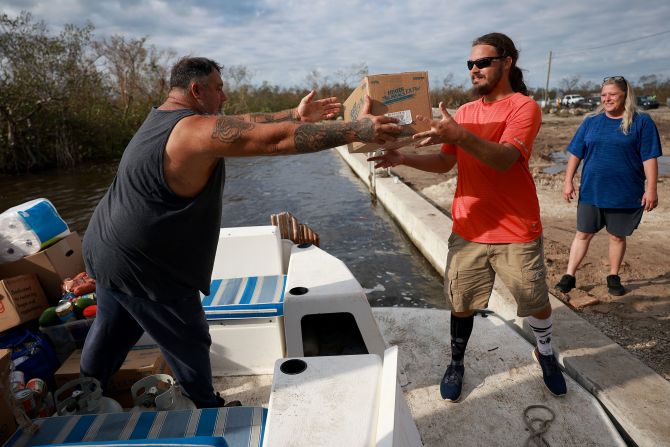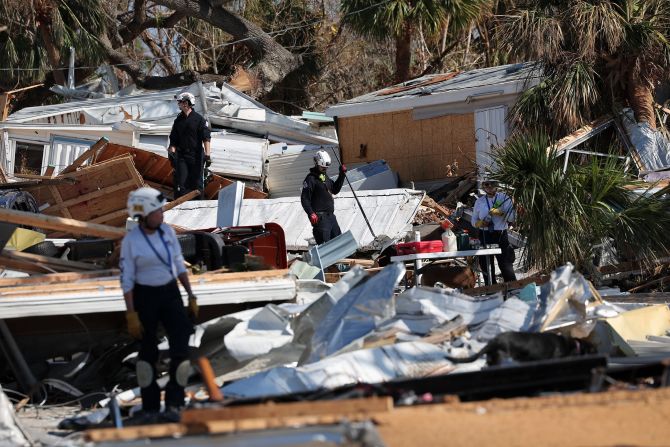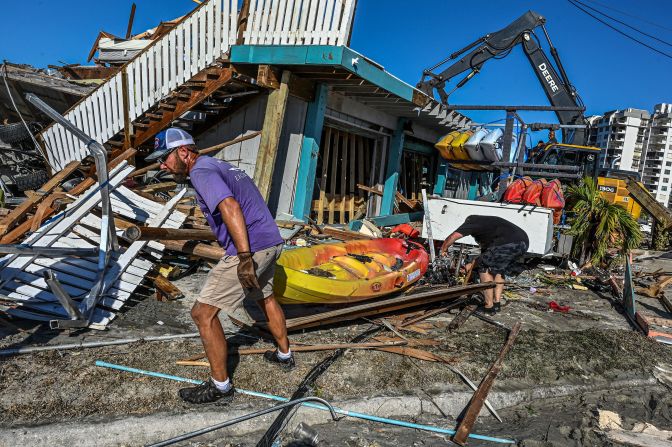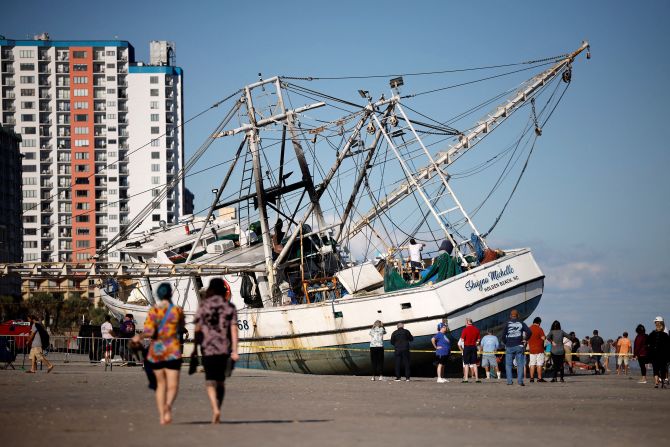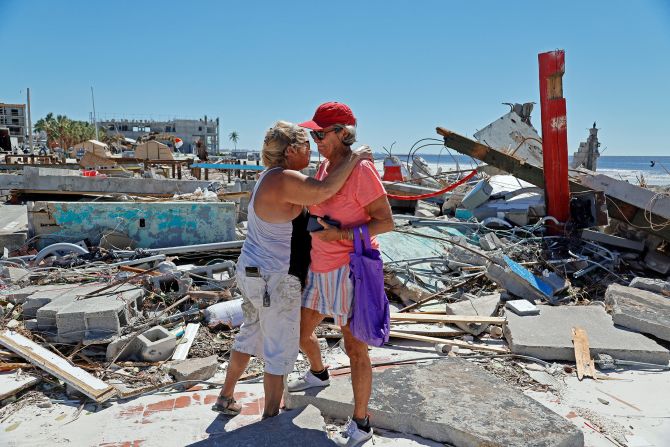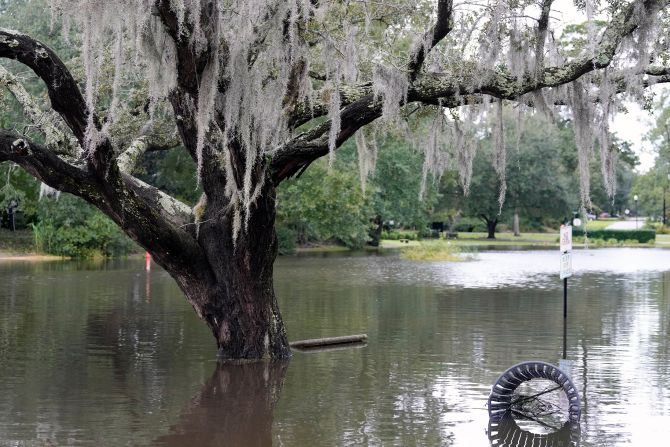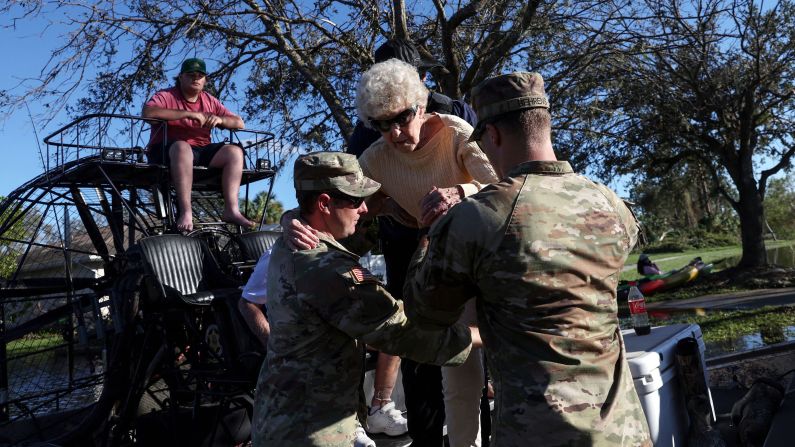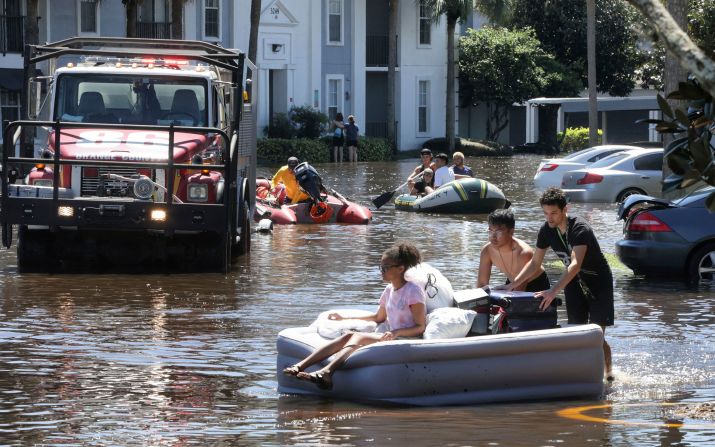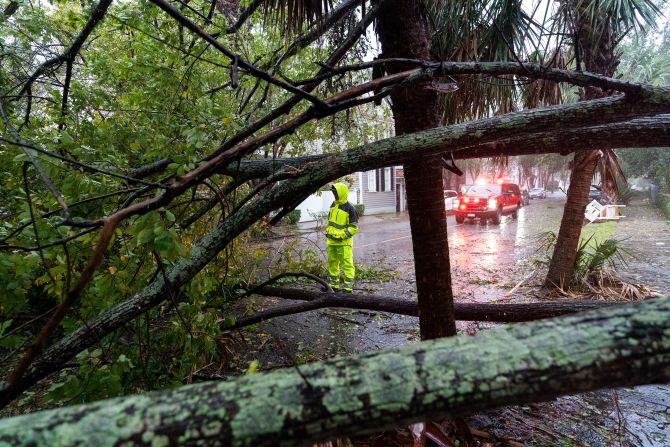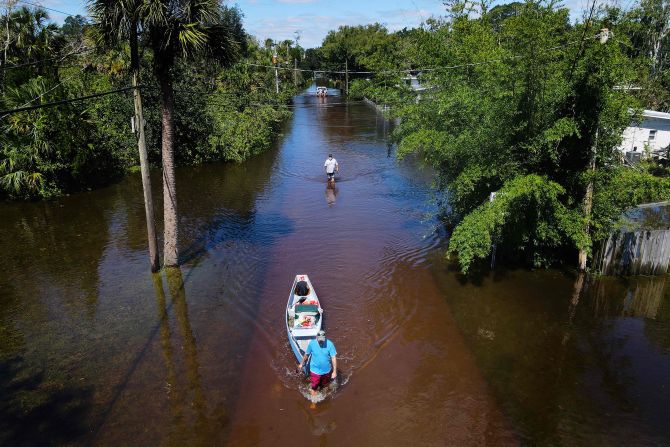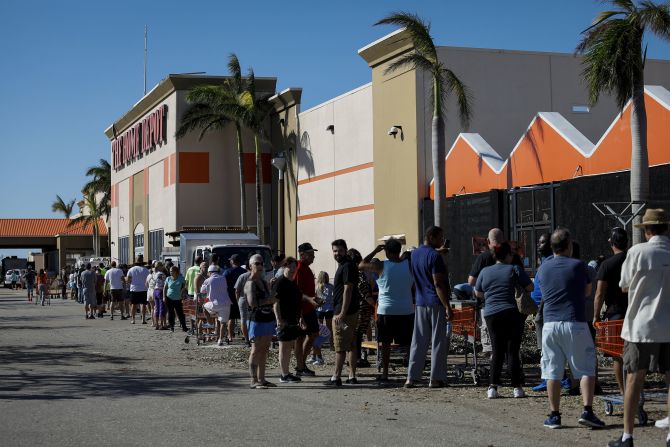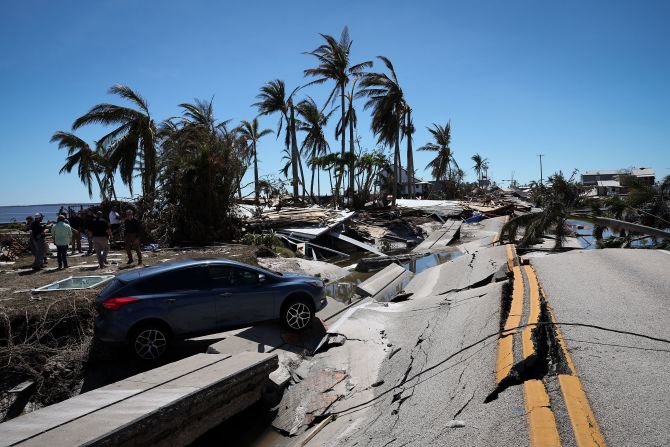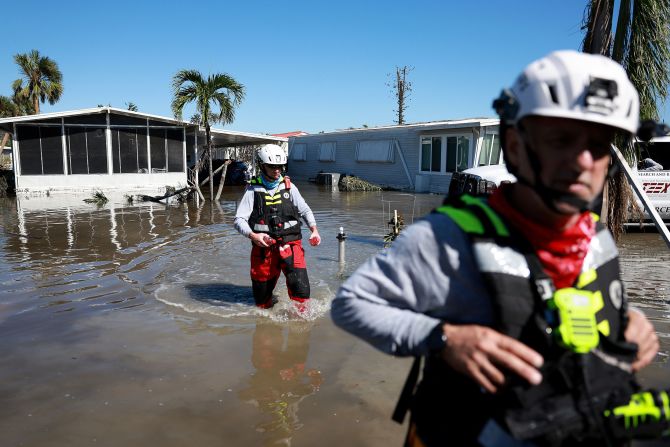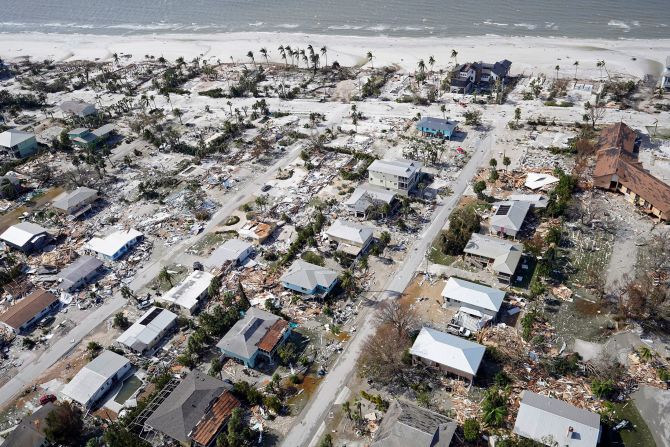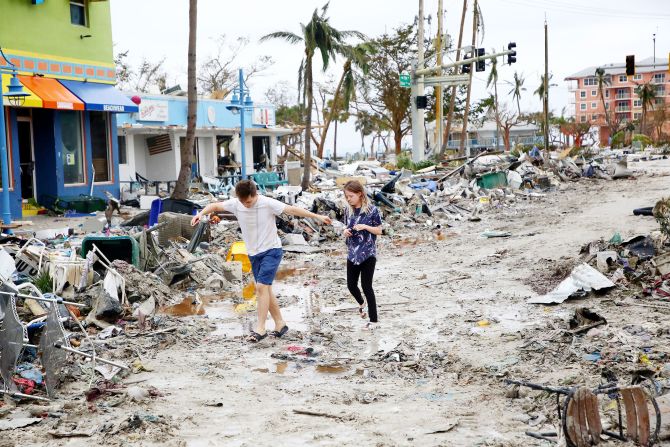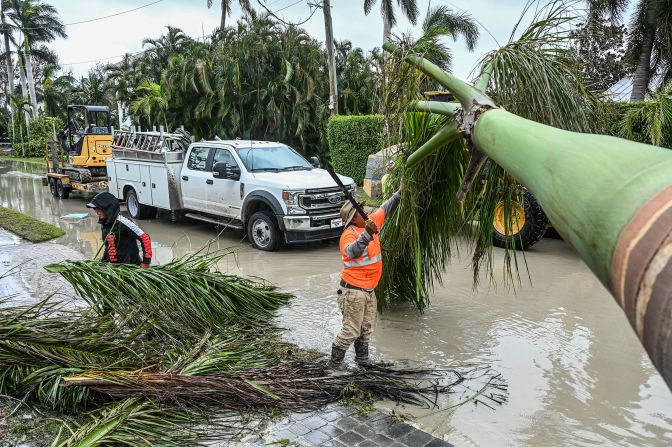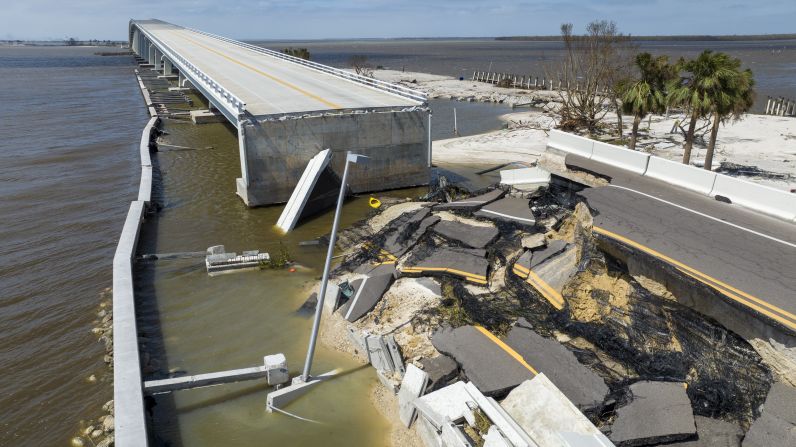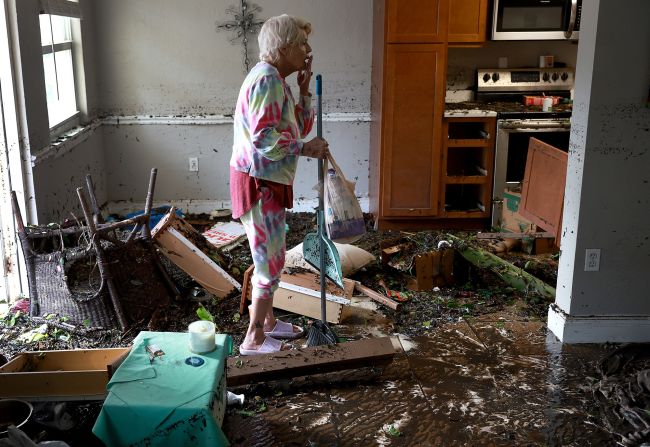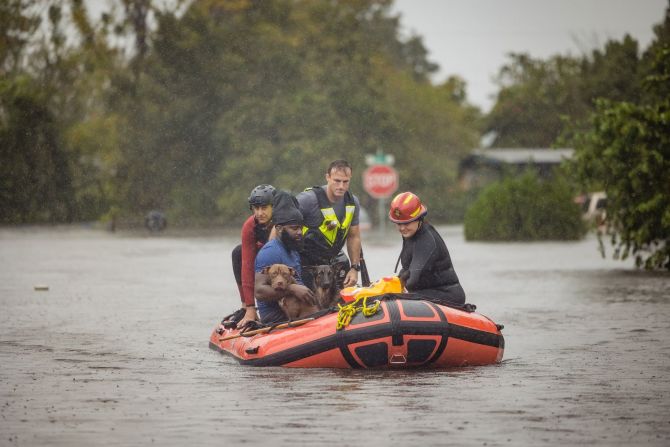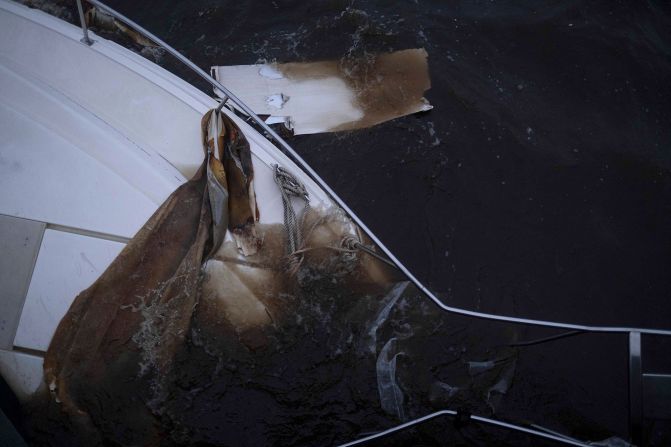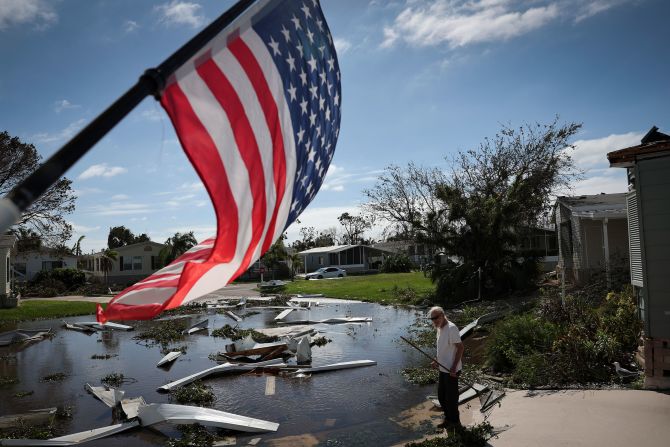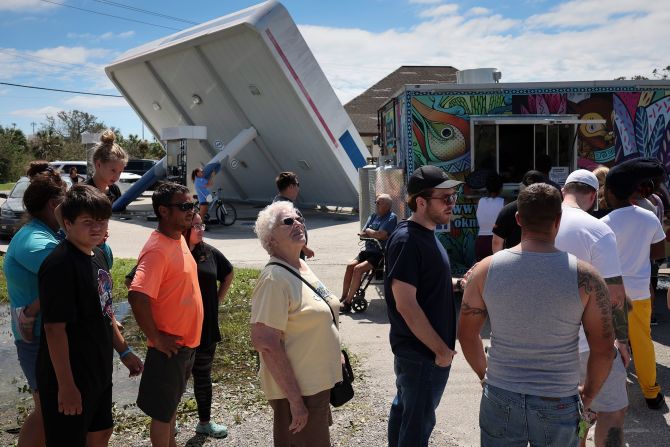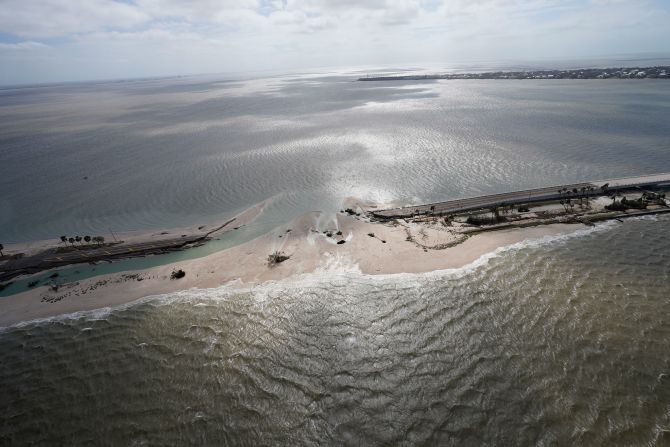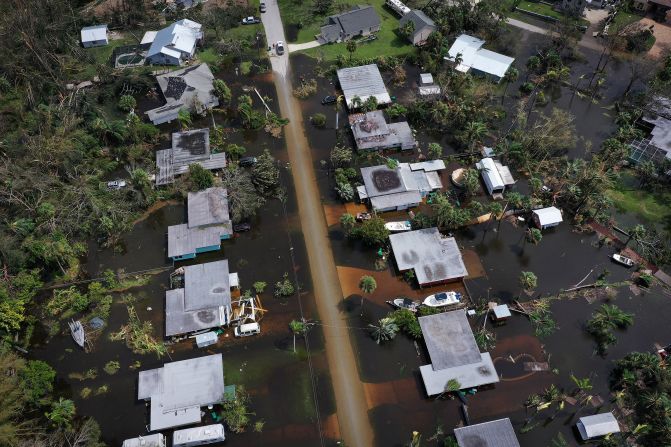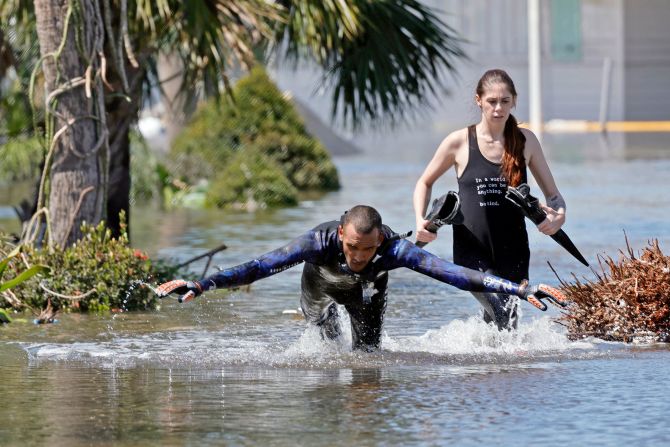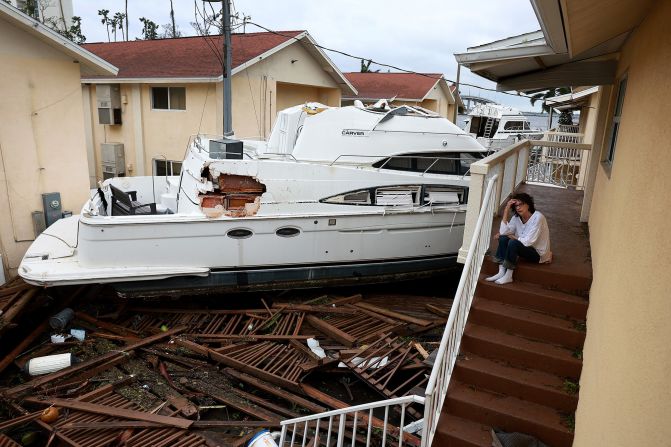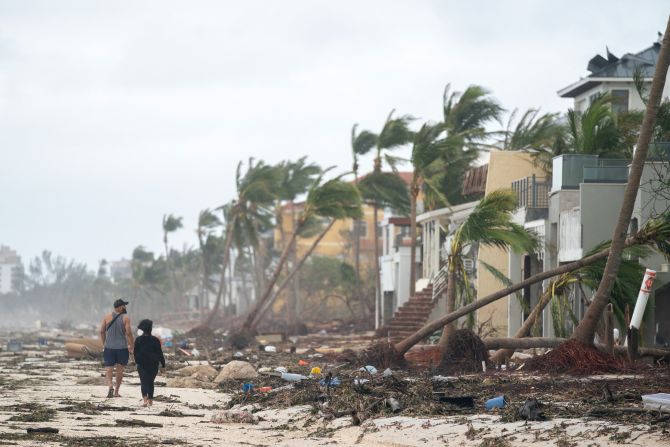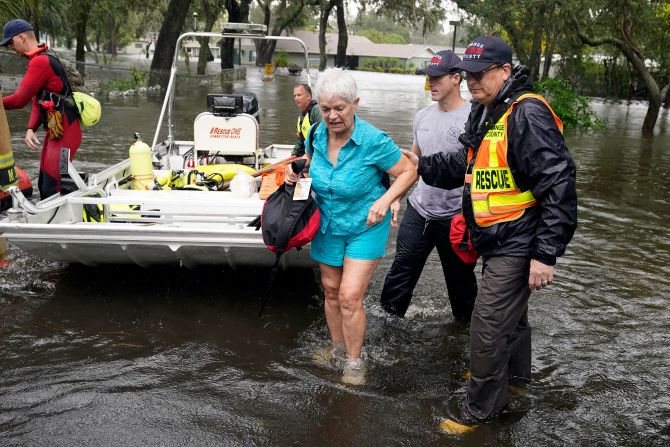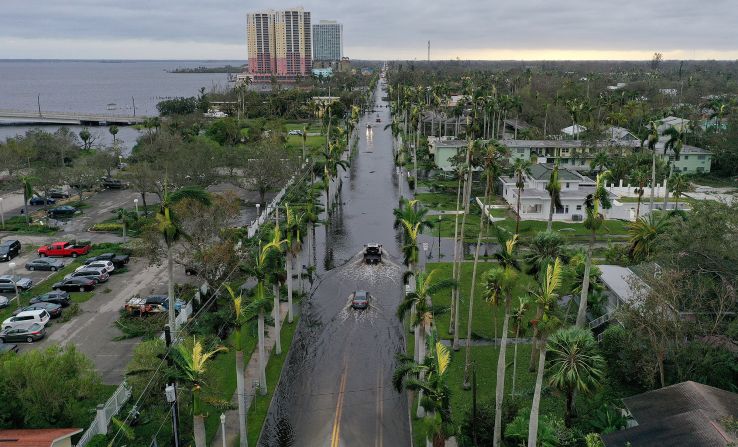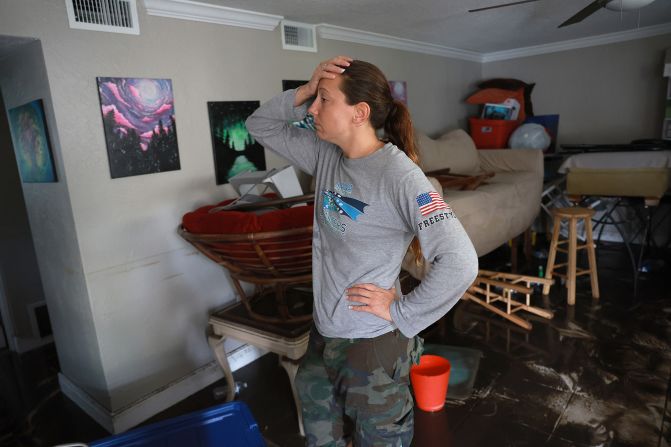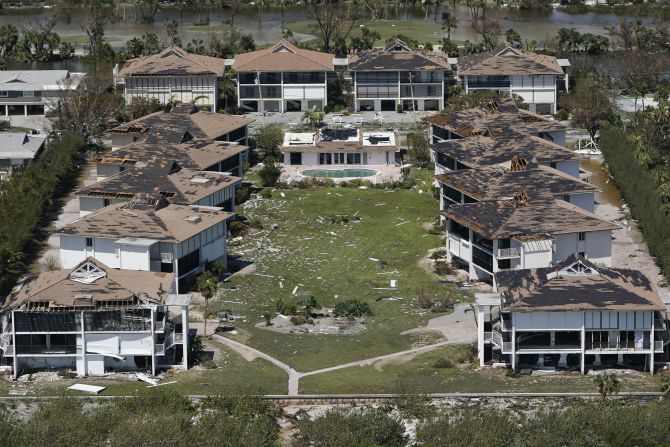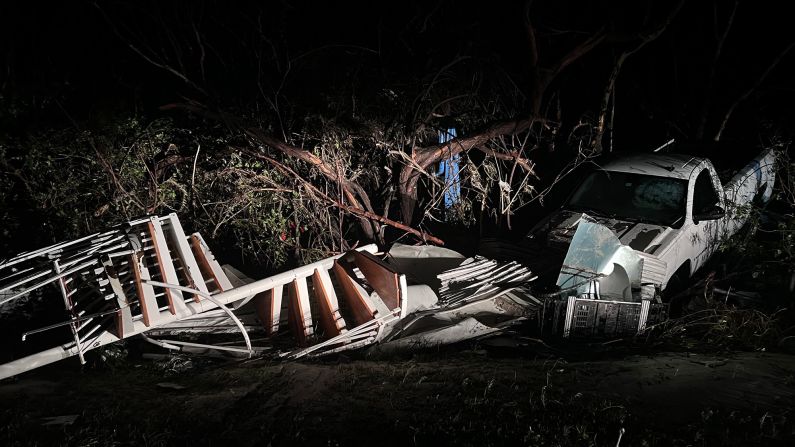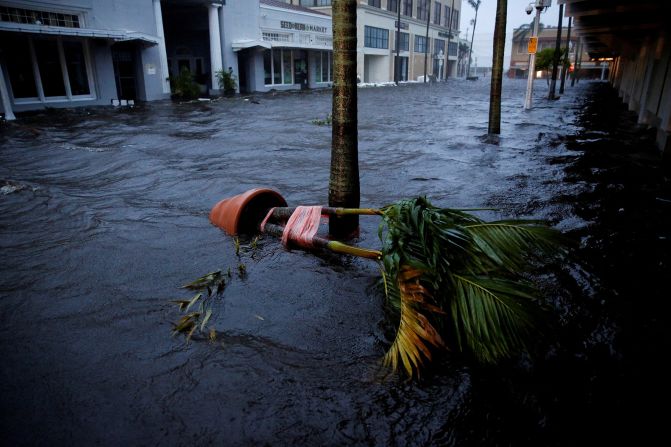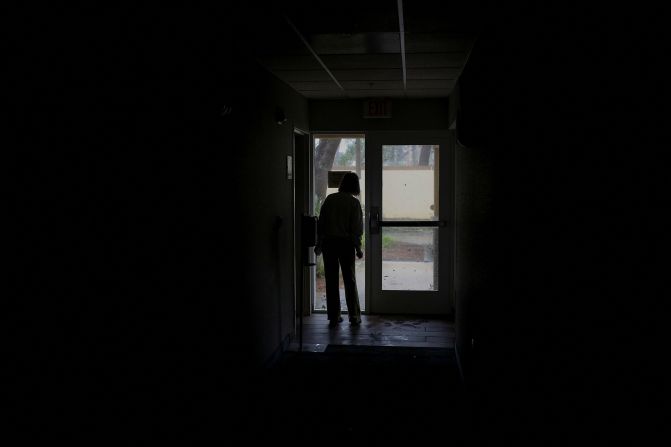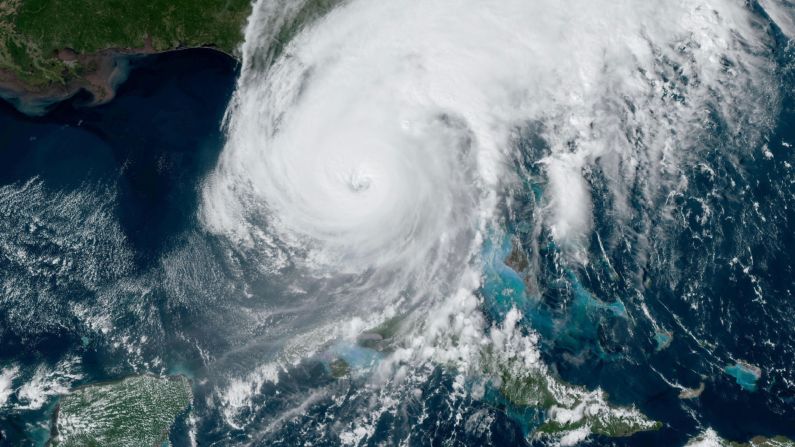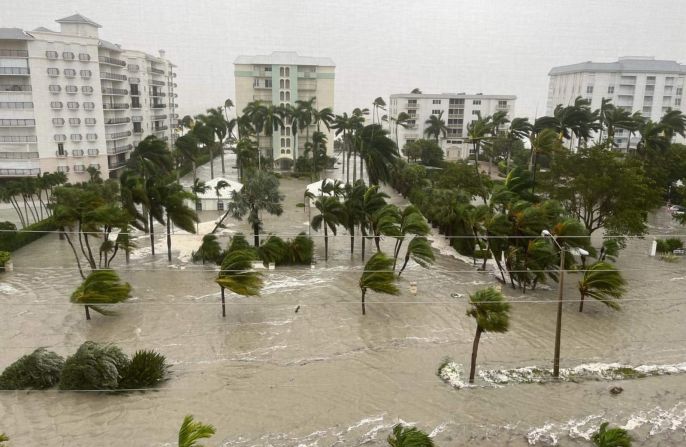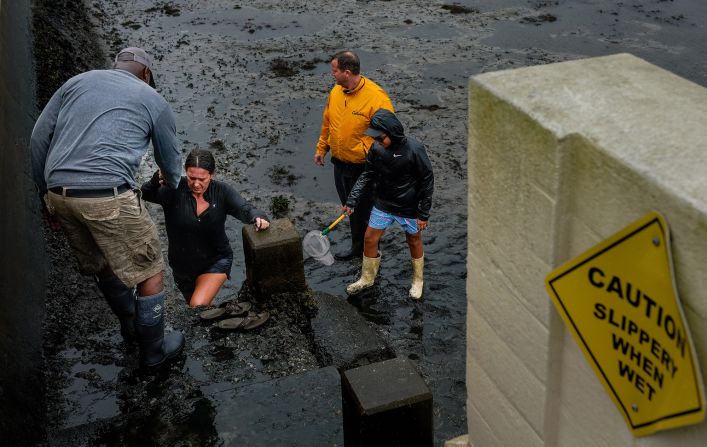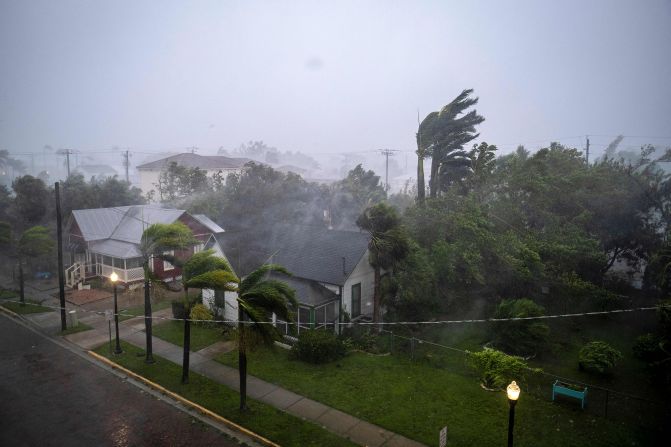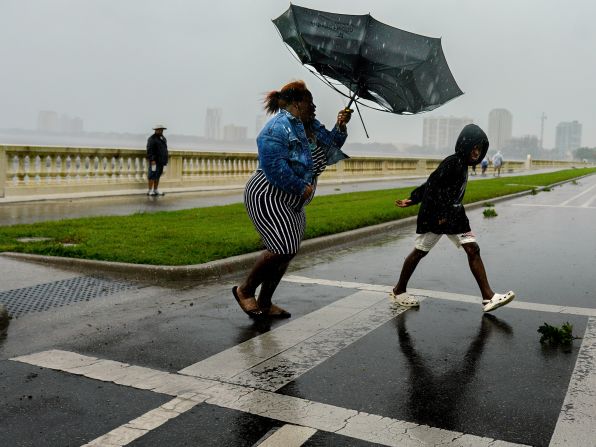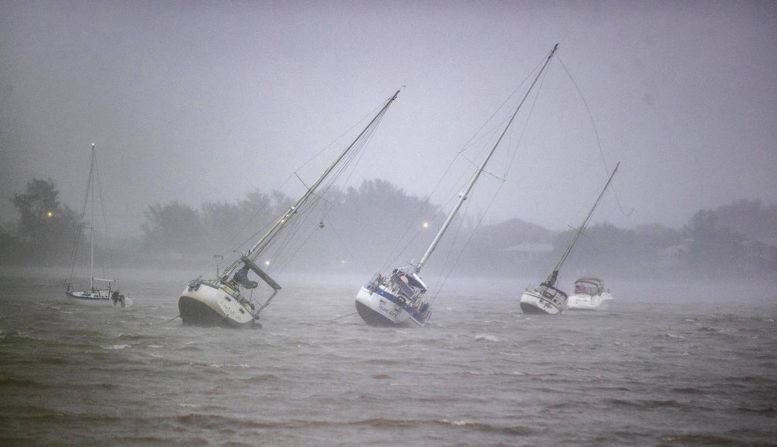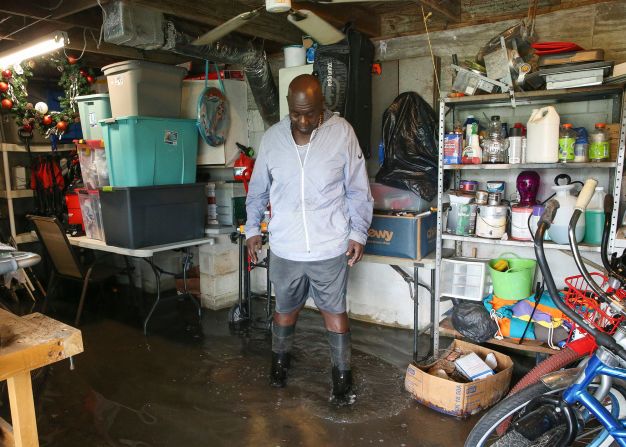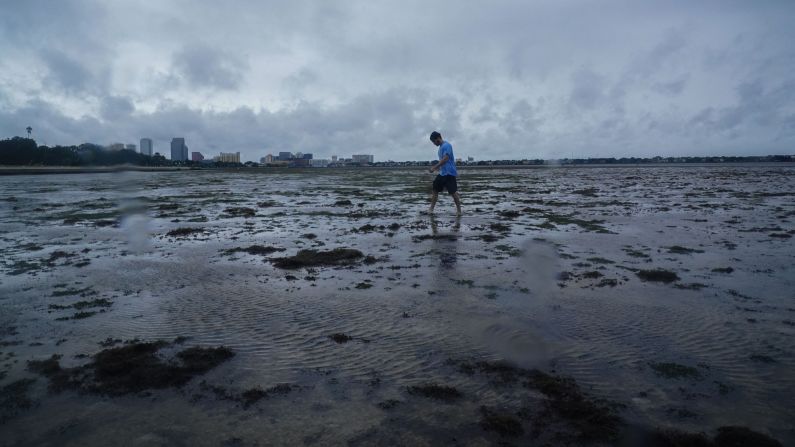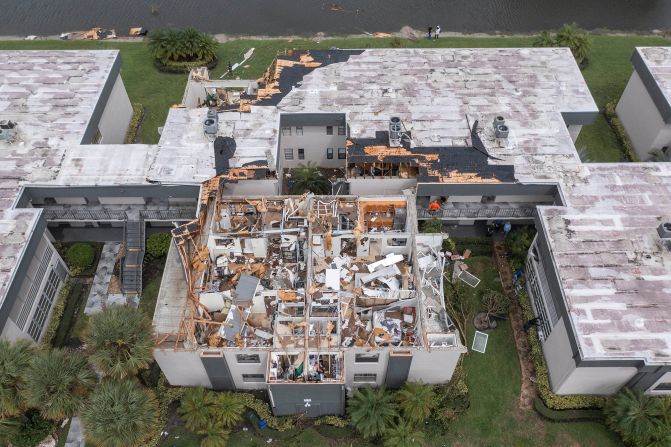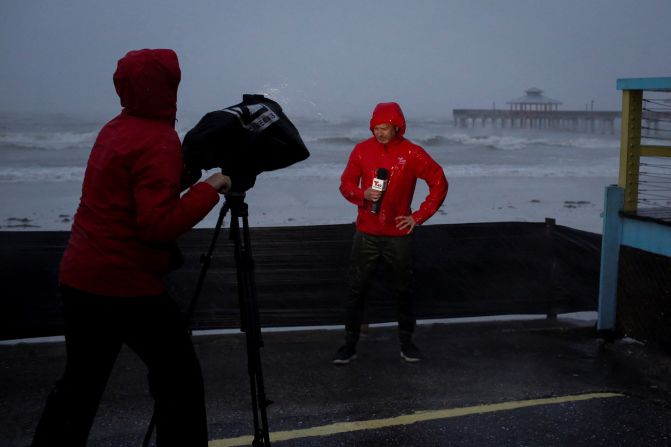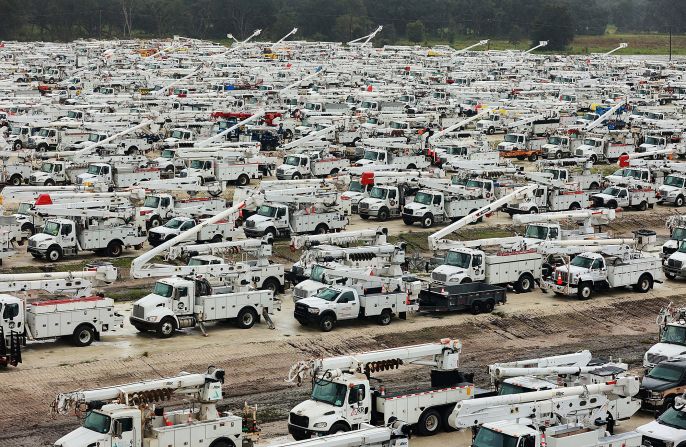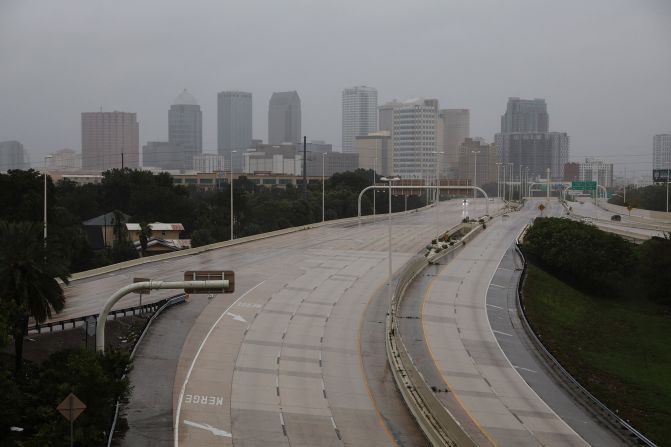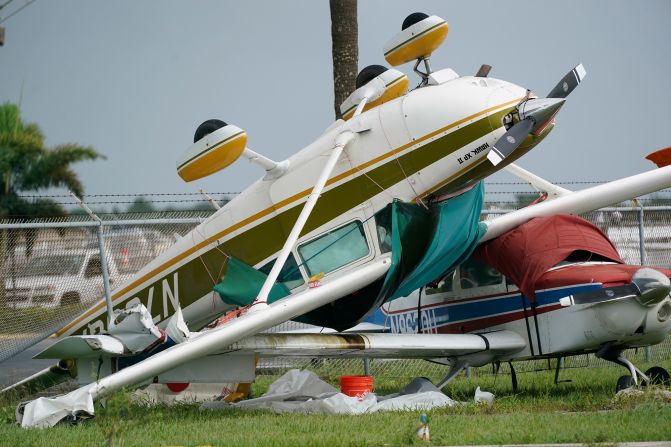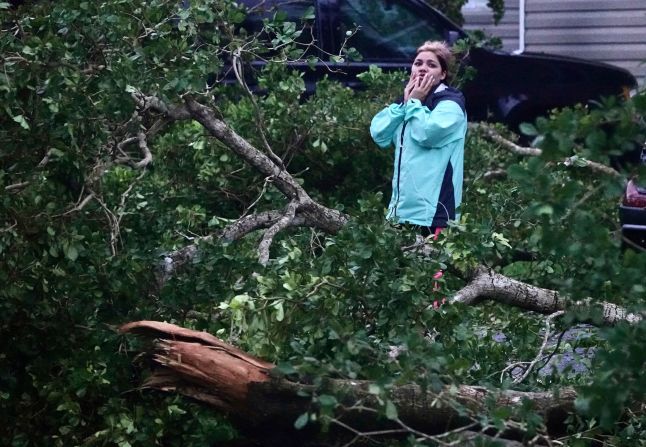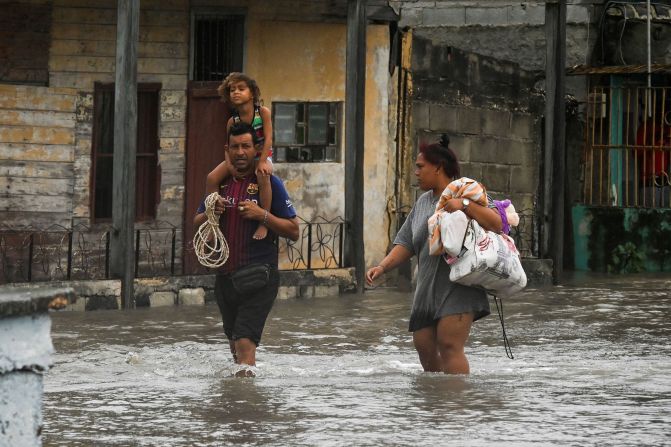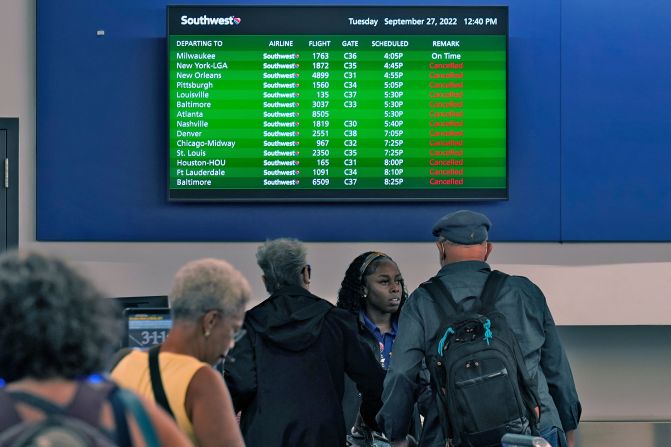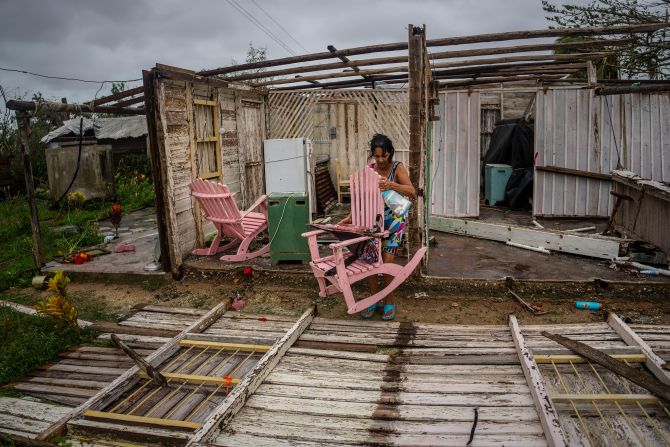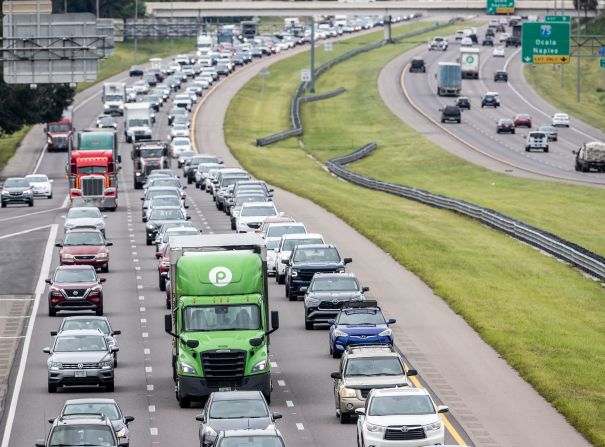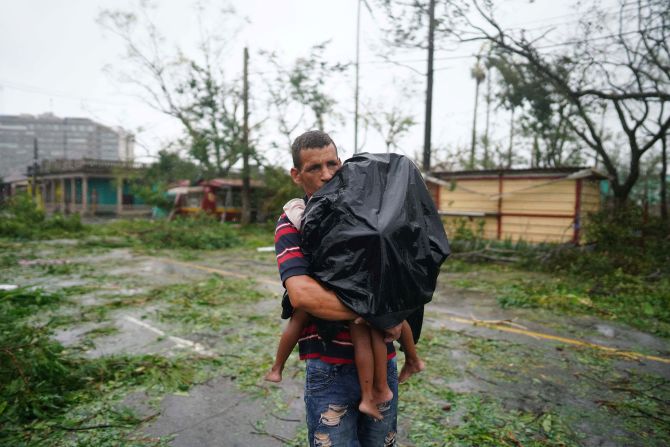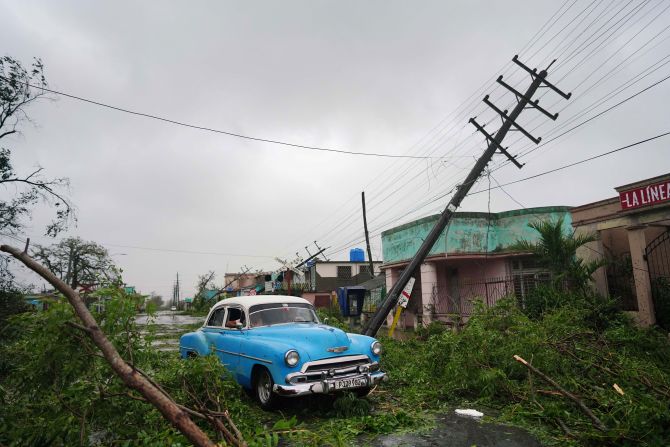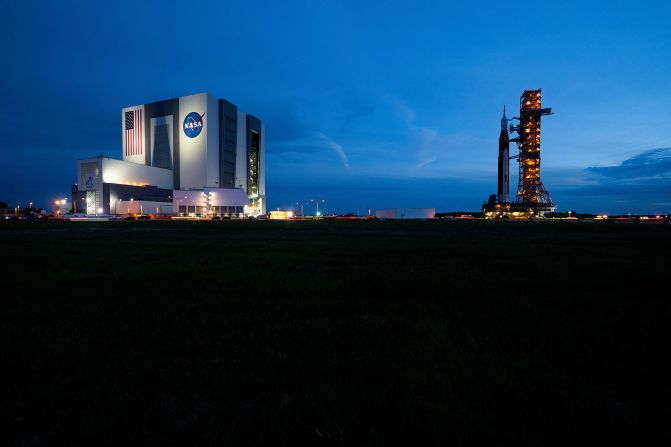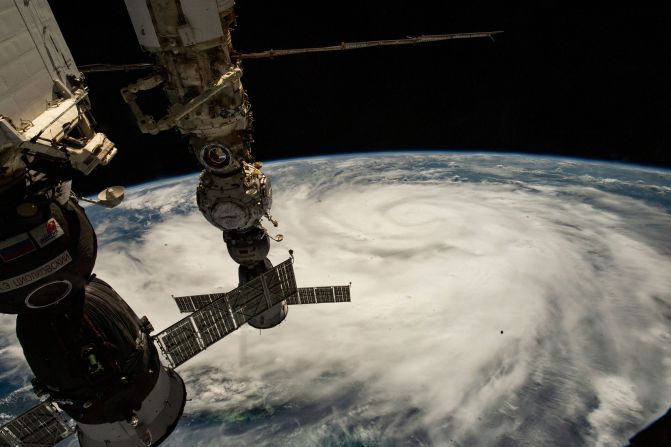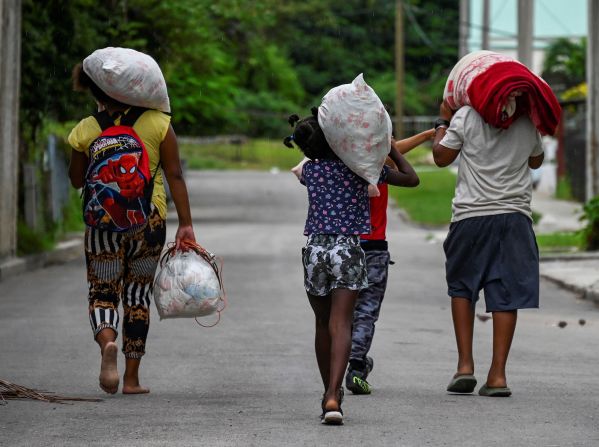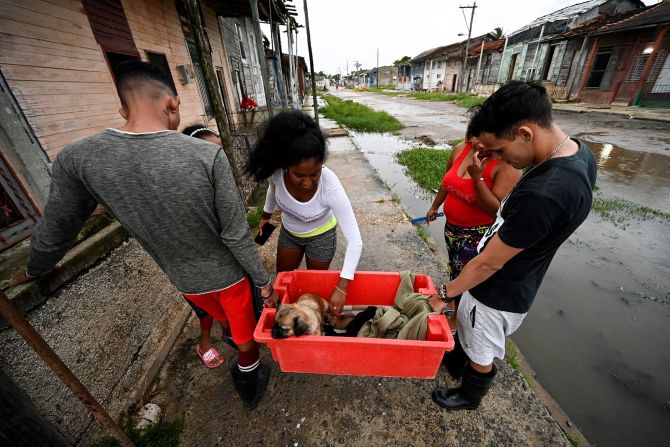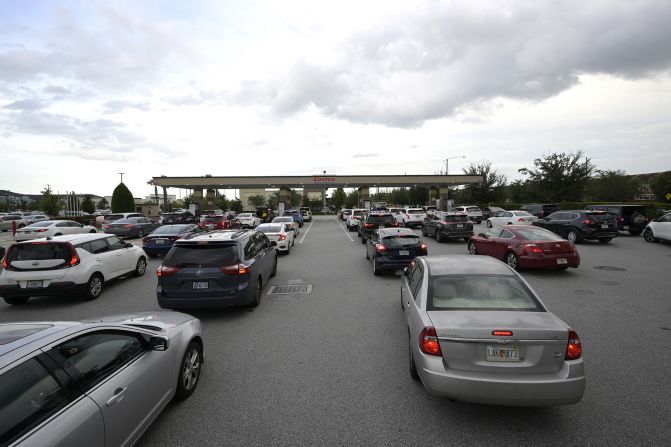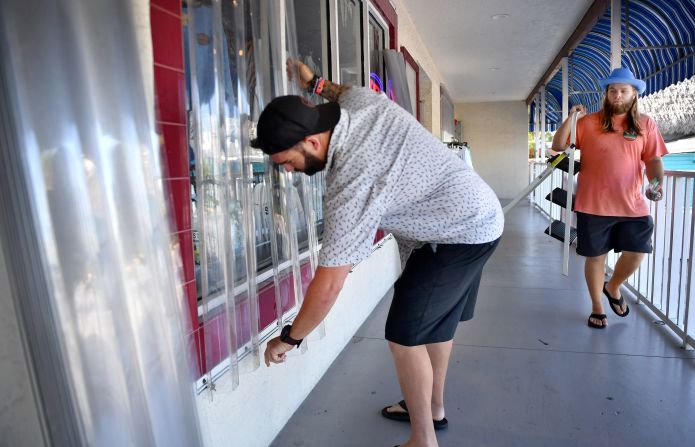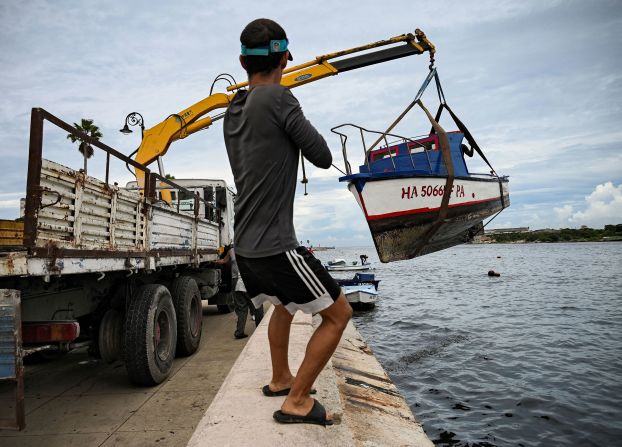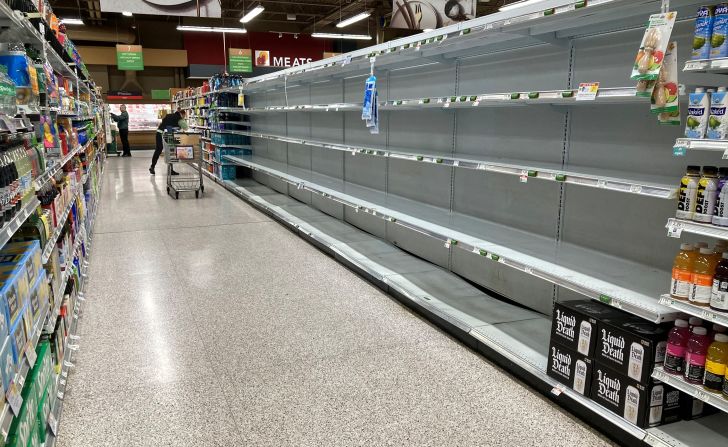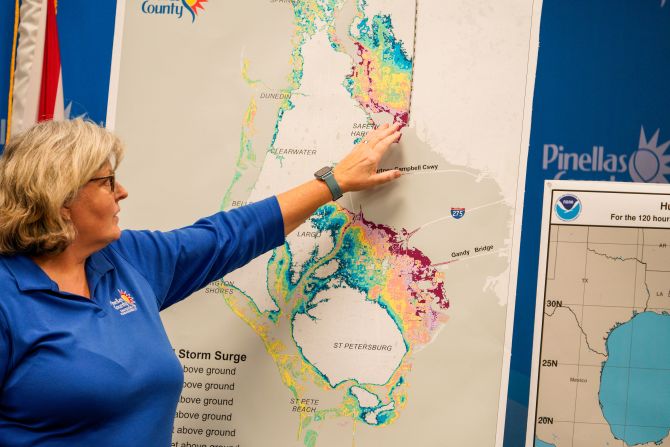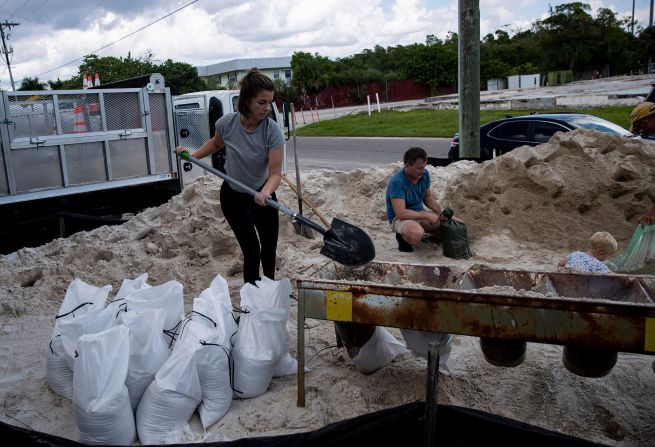When a hurricane undergoes rapid intensification, its maximum sustained winds increase by at least 35 mph in 24 hours or less – driving up the danger the storm could pose to life and property.
“Rapid intensification is associated with a sharp increase in intensity in a short amount of time, and consequently, the threat posed by the storm significantly increases,” said Phil Klotzbach, a research scientist in the Department of Atmospheric Science at Colorado State University.
Most major hurricanes – Category 3 or higher – undergo rapid intensification at some point, a 2022 study shows. Of 104 such storms in the North Atlantic since 1990, 88% fit the bill, said Klotzbach, a study coauthor.
More and more hurricanes over the period underwent extreme rapid intensification, with at least a 57-mph increase in maximum sustained winds over 24 hours, the study found. While the uptick “may be simply due to better observations, we think that most of the trend is actually real,” Klotzbach said, noting wind speed forecasting has improved in recent years.
Because heat helps fuel storms, higher sea surface temperatures and high ocean heat content play huge roles in rapid intensification. So as the climate crisis forces up ocean temperatures, rapid intensification becomes more likely, pushing storms to explode at a rapid pace into deadly hurricanes, scientists say.
Scientists are confident hurricanes are on track to get increasingly stronger with rising mean global temperatures, meaning more rapid intensification – along with increased rainfall – the Intergovernmental Panel on Climate Change report from 2022 shows.
Major hurricanes that sustained rapid intensification
Hurricane Ian in 2022 went from having roughly 115-mph to 160-mph maximum sustained winds in 24 hours, leading to higher storm surge and more damage. It weakened slightly before making landfall as a monster storm, devastating Florida’s coast.
In pictures: Hurricane Ian slams the Southeast
Hurricane Ida in 2021 went through a remarkable 65-mph jump in maximum sustained winds in just 24 hours before hitting Louisiana as a Category 4 hurricane. It tied the record with Laura in 2020 as the strongest hurricane to make landfall in the state.
Hurricane Dorian in 2019 was the second-strongest Atlantic hurricane of modern times and reached the highest category on the Saffir-Simpson Hurricane Wind Scale. It underwent rapid intensification twice before becoming the strongest hurricane ever to make landfall in the Bahamas, where it lingered for days and left catastrophic damage.

